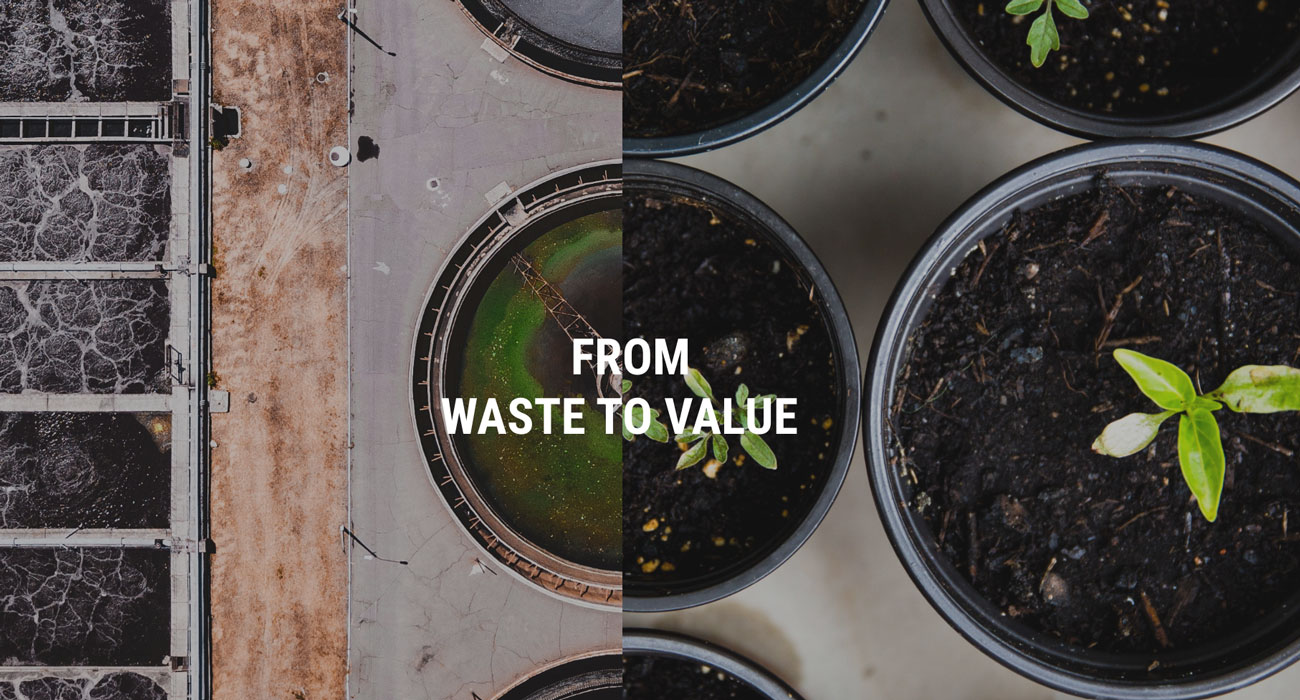Introduction
In a world grappling with the ecological repercussions of plastic waste, innovative solutions are urgently needed. Plastic pyrolysis has emerged as a promising method to address this crisis, offering a unique blend of environmental benefits and economic viability. In this article, we will delve into the intricacies of plastic pyrolysis plants, elucidating their eco-friendly advantages and potential to reshape the landscape of plastic waste management.
The Science Behind Plastic Pyrolysis
Pyrolysis Process Explained
At its core, plastic pyrolysis is a thermochemical process that involves the decomposition of plastic materials at elevated temperatures in the absence of oxygen in the pyrolysis plant. This controlled thermal degradation leads to the conversion of plastics into valuable products such as liquid fuels, gases, and solid char. The absence of oxygen prevents combustion and the formation of harmful byproducts, making pyrolysis an environmentally sound alternative to incineration.
Types of Plastic Suitable for Pyrolysis
Not all plastics are created equal in the realm of pyrolysis. Certain plastics, notably polyethylene (PE), polypropylene (PP), and polystyrene (PS), exhibit superior suitability due to their chemical composition and thermal stability. These plastics yield higher-quality products during pyrolysis and are, therefore, preferred choices for recycling via this method.
Yield and Byproducts
Plastic pyrolysis can yield a range of valuable products, with liquid hydrocarbons being the primary focus. These hydrocarbons can serve as feedstocks for various industries, including petrochemicals and transportation fuels. Additionally, the process generates gases and solid char, both of which have industrial applications, further enhancing the sustainability of plastic pyrolysis.
Environmental Benefits of Plastic Pyrolysis
Reduction in Plastic Waste
Perhaps the most compelling advantage of plastic pyrolysis is its ability to significantly reduce plastic waste. By diverting plastics from landfills and incineration, this method contributes to the conservation of precious landfill space and mitigates the release of harmful emissions associated with traditional disposal methods.
Lower Greenhouse Gas Emissions
Compared to conventional waste incineration, which releases greenhouse gases into the atmosphere, plastic pyrolysis boasts a lower carbon footprint. The controlled thermal process minimizes emissions, making it a more environmentally friendly option for plastic disposal while contributing to climate change mitigation efforts.
Energy Efficiency
Plastic pyrolysis plants are designed to maximize energy efficiency. The heat generated during the process can be harnessed to sustain the pyrolysis reaction, reducing the need for external energy sources. This self-sustainability not only lowers operational costs but also aligns with sustainable energy practices.

Economic Viability and Sustainability
Investment and Operational Costs
Investing in a plastic pyrolysis plant may initially require substantial capital, but the long-term benefits often outweigh the costs. Operational expenses are offset by revenue generated from the sale of pyrolysis products, rendering these plants financially viable in the long run.
Potential Revenue Streams
Pyrolysis products, such as liquid fuels and gases, hold considerable market value. Plastic pyrolysis plants can tap into these revenue streams, diversifying their income sources and contributing to economic sustainability.
Job Creation and Local Economic Impact
Establishing plastic pyrolysis plants can stimulate local economies by creating job opportunities, particularly in areas with abundant plastic waste. Moreover, these facilities can reduce the economic burden associated with traditional waste management practices, benefiting both municipalities and businesses.
Challenges and Future Prospects
Technological Challenges
While plastic pyrolysis offers immense promise, it is not without its challenges. Technological advancements are needed to enhance the efficiency of the pyrolysis process, increase product quality, and reduce operational complexities.
Regulatory Hurdles
Navigating the regulatory landscape can be challenging for plastic pyrolysis plants, as environmental standards and waste management regulations vary by region. Collaborative efforts between industry stakeholders and policymakers are crucial to establish a conducive regulatory framework.
Emerging Innovations in Plastic Pyrolysis
The future of plastic pyrolysis is ripe with possibilities. Researchers and engineers are continually developing innovative solutions, such as hybrid pyrolysis processes and catalysts, to further improve the efficiency and sustainability of plastic waste conversion.
In conclusion, plastic pyrolysis plants represent a beacon of hope in the fight against plastic pollution. Their eco-friendly advantages, coupled with economic viability, make them a compelling solution for a world drowning in plastic waste. As technology advances and regulatory support grows, plastic pyrolysis may emerge as a cornerstone of sustainable waste management practices, ushering in a greener and cleaner future for all.


Comments
No comments yet. Be the first to react!